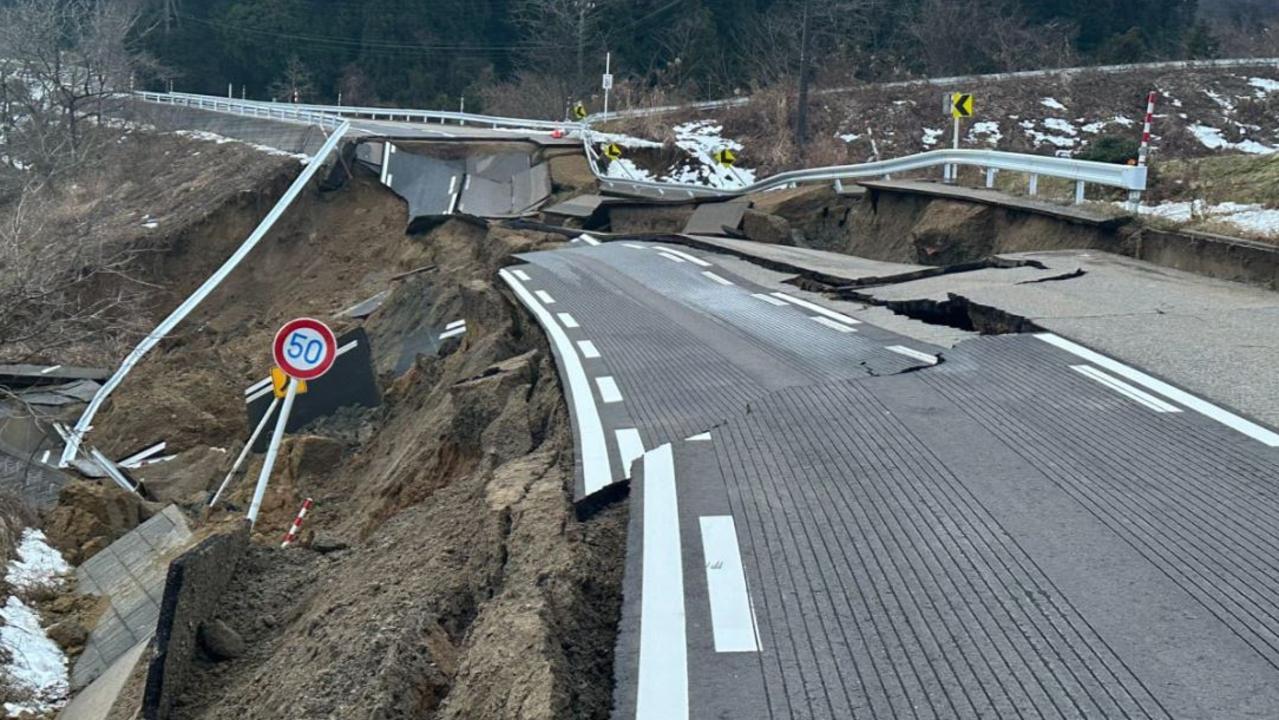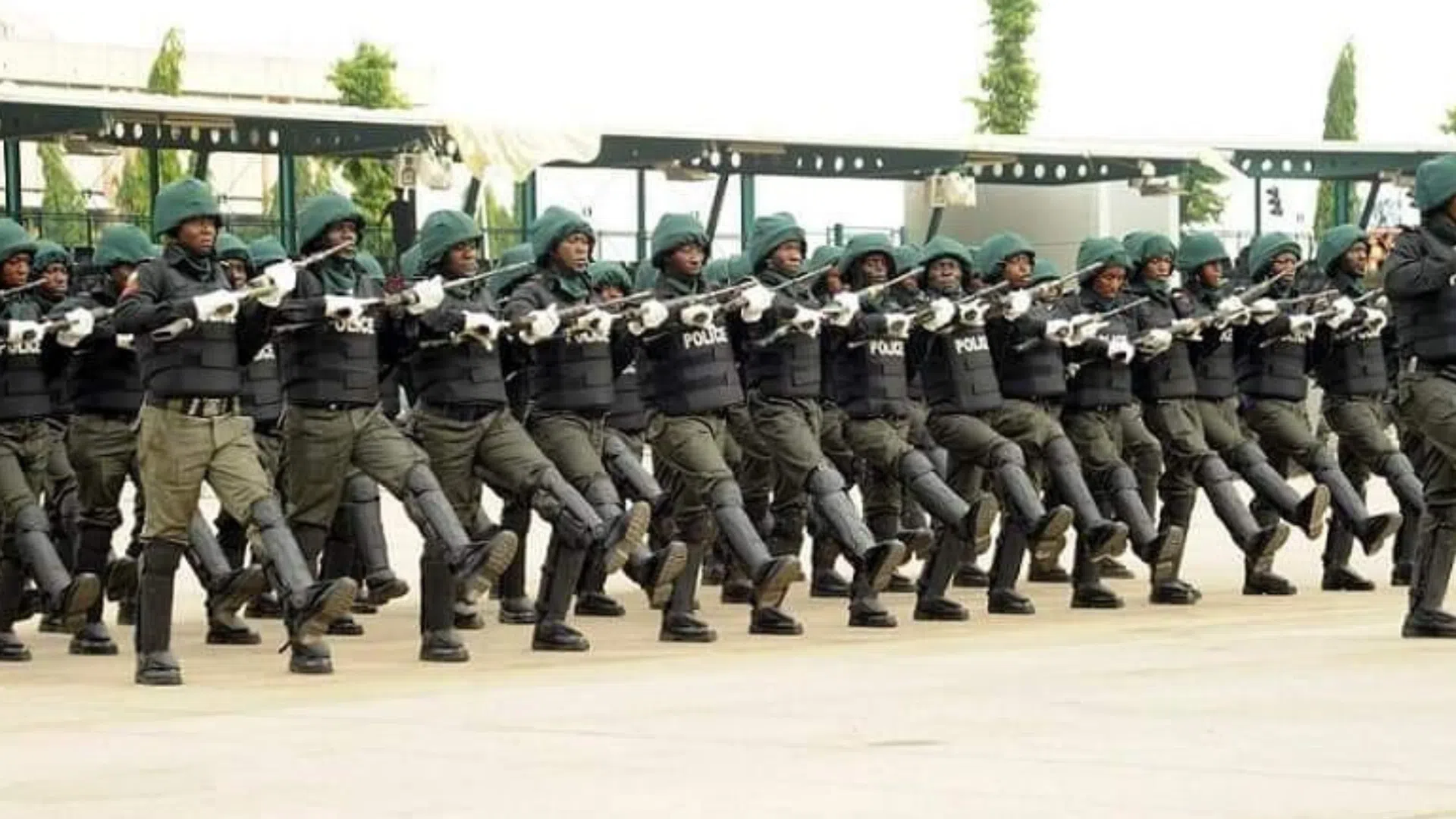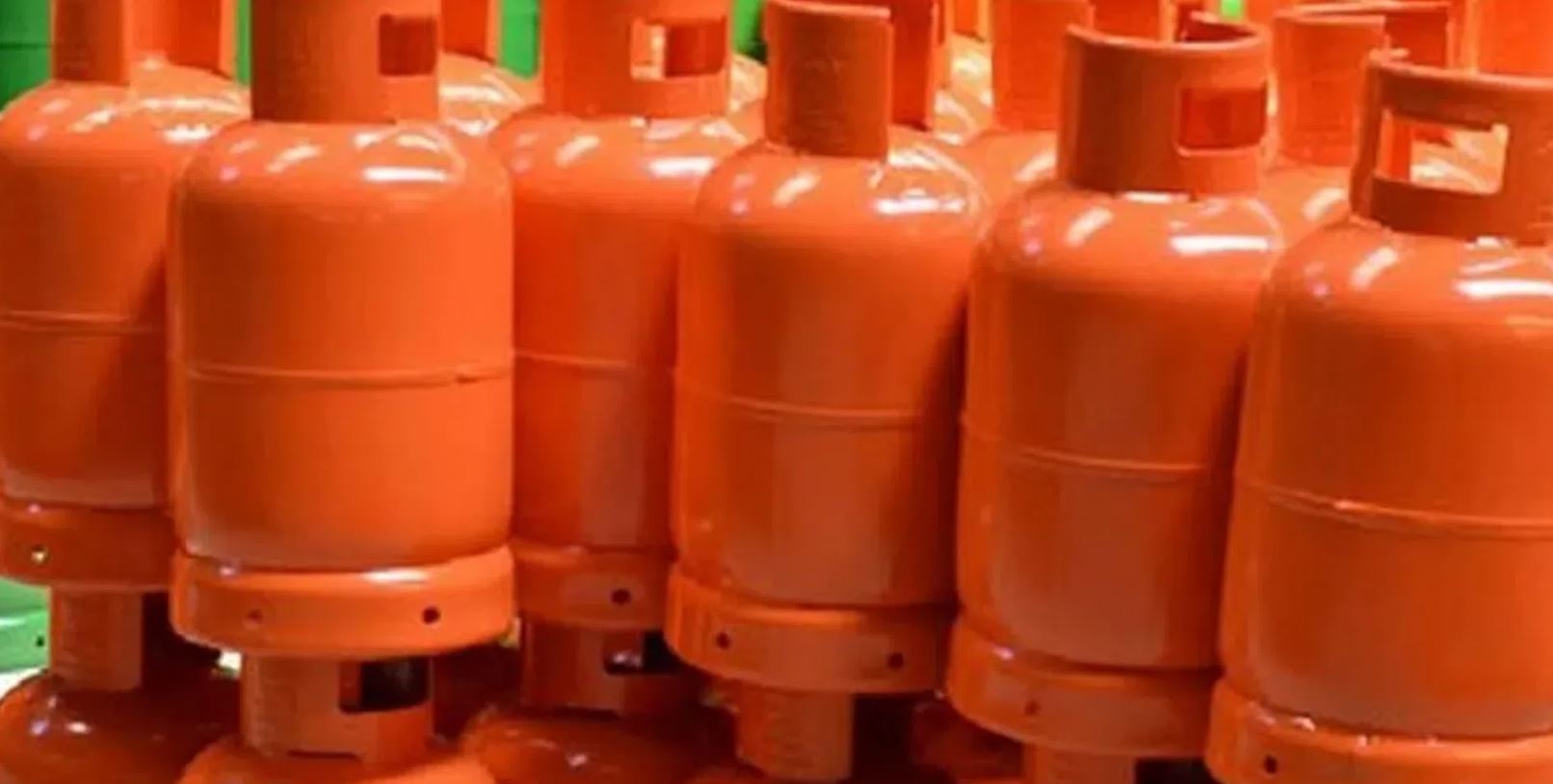Japan is on alert after a 7.5 magnitude earthquake struck the western part of the country on Monday afternoon.
The quake triggered a tsunami alert and prompted a warning to residents to evacuate affected coastal areas immediately.
According to the United States Geological Survey (USGS), the earthquake had at a depth of 10 kilometres, around 42 kilometers (26 miles) north-east of Anamizu in Ishikawa prefecture.
The Japan Meteorological Agency (JMA) added that the 7.5 magnitude quake is the largest recorded in the Noto Peninsula in Ishikawa prefecture since records began in 1885.
A succession of over a dozen earthquakes followed the disaster.
JMA issued major tsunami warnings to residents, warning of waves as high as 5 metres and as low as 3 metres in some provinces.
This is the first time a major tsunami warning has been issued since the magnitude 9.0 earthquake in Japan where over 10,000 lives were claimed in 2011.
The tsunami warnings on Monday prompted neighbouring South Korea and Russia to follow suit.
Japanese media flashed “EVACUATE” on television, urging residents to flee to higher grounds despite the biting cold.
“We realise your home, your belongings are all precious to you, but your lives are important above everything else. Run to the highest ground possible,” a presenter said.
Footage aired by NHK, national media, showed a building collapsing in a plume of dust in the coastal city of Suzu, and residents in Kanazawa city cowering under tables as tremors shook their home.
The quake also jolted buildings in the capital Tokyo.
Motorways have been closed and bullet trains between Ishikawa prefecture and Tokyo have been suspended.
Fumio Kishida, Japanese prime minister, said the government has set up a special emergency centre to gather information on the quakes and tsunami and relay them quickly to residents.




















